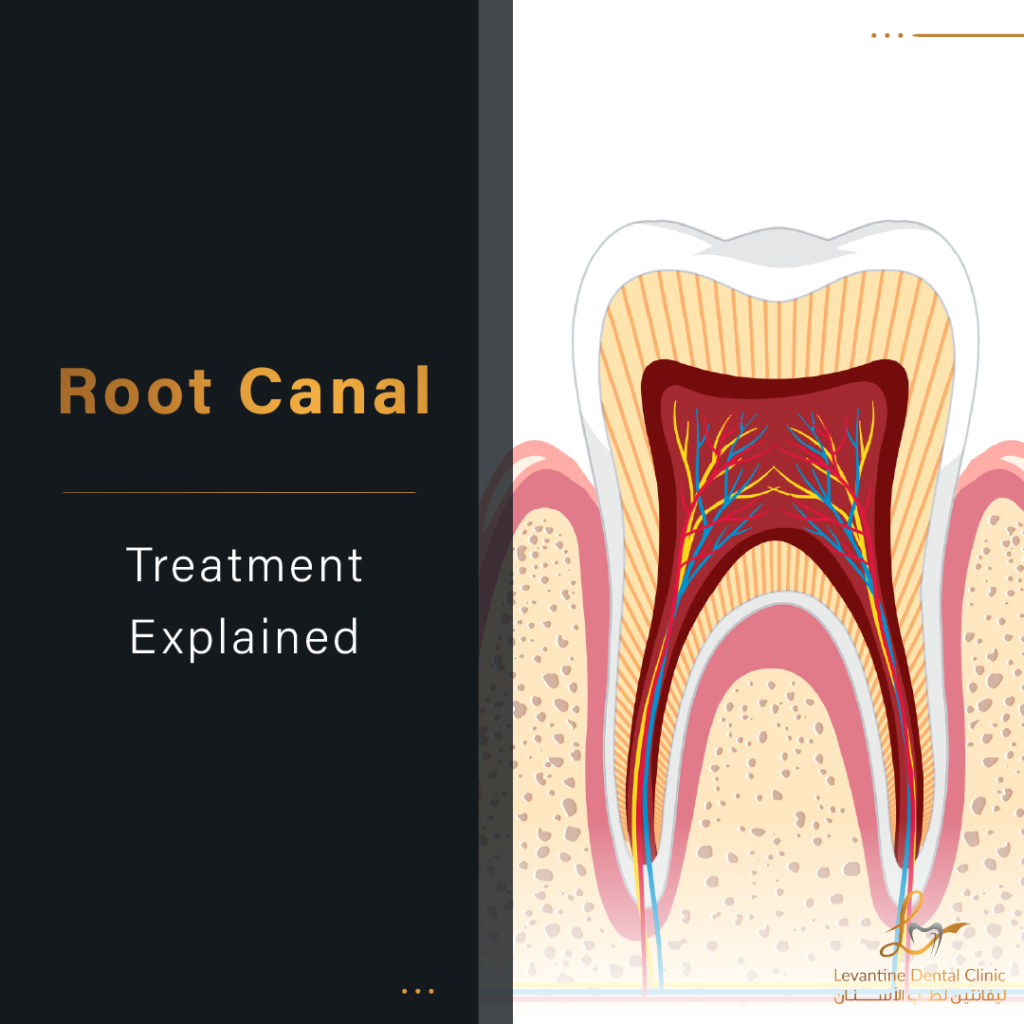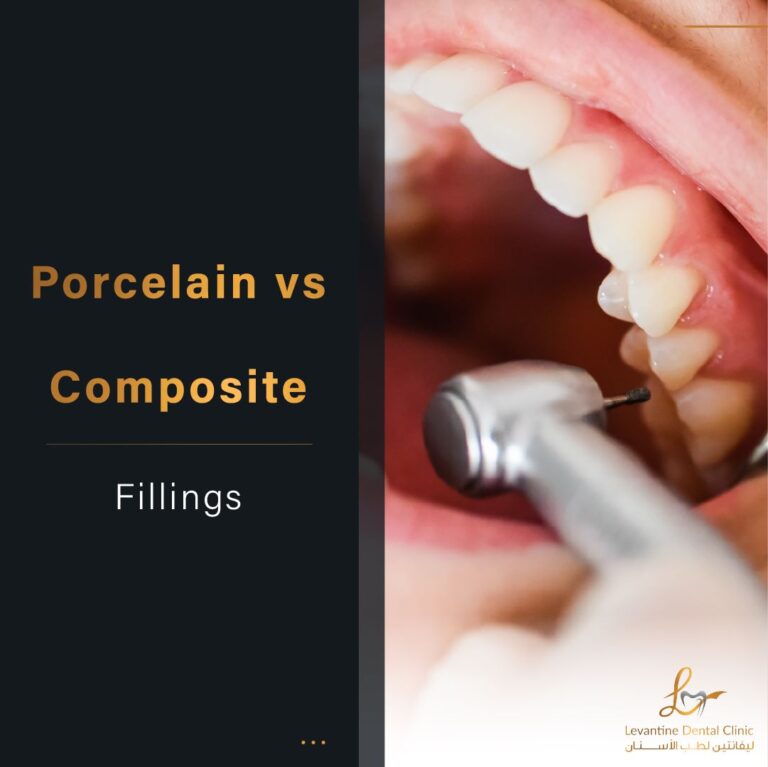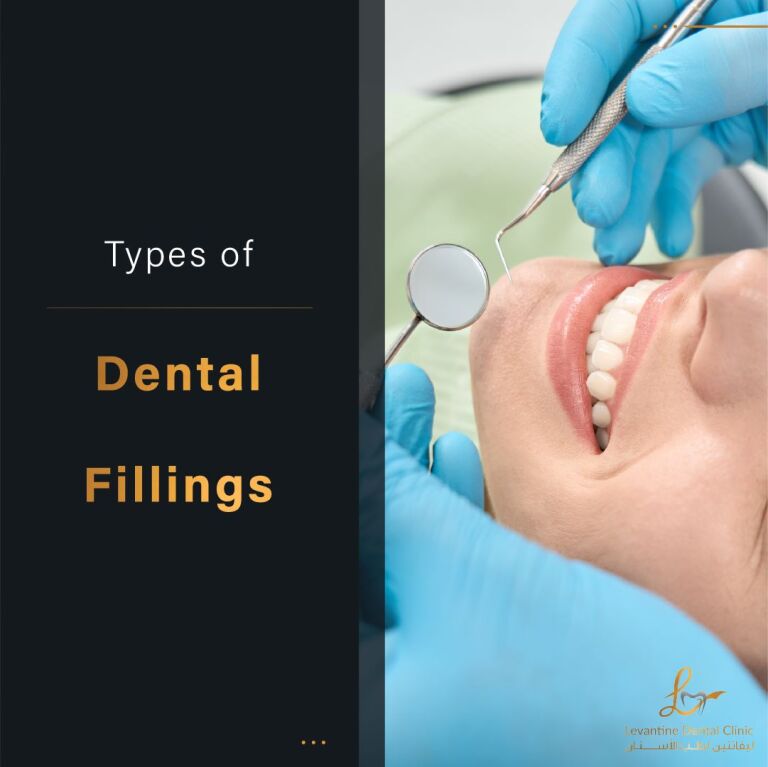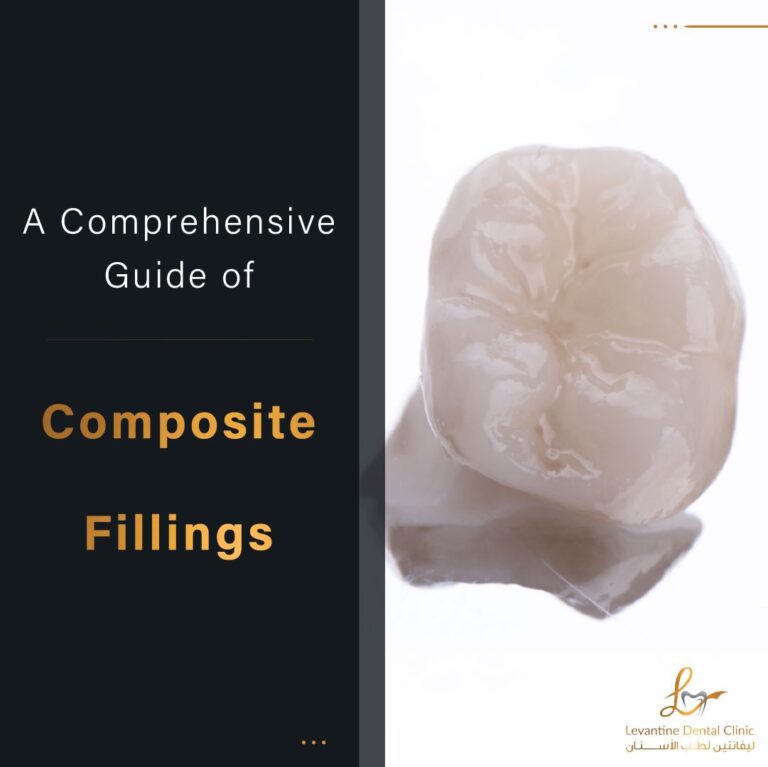Introduction
What is a Root Canal?
A root canal is a dental procedure that involves the removal of the infected or inflamed pulp from the inside of the tooth. This treatment is necessary to save the tooth and prevent further infection.
Importance of Root Canal Treatment
Root canal treatment is crucial for maintaining dental health. It not only relieves tooth pain but also helps save natural teeth, reducing the need for artificial tooth replacements. The procedure is highly successful and can last a lifetime with proper care.
The Root Canal Procedure
Diagnosis and Need for Root Canal
The need for a root canal is often diagnosed by a dentist or an endodontist based on symptoms such as severe tooth pain, prolonged sensitivity to heat or cold, discoloration of the tooth, and swelling or tenderness in the nearby gums. An X-ray is usually taken to confirm the diagnosis and determine the extent of the damage.
Step-by-step Explanation of the Root Canal Procedure
The root canal procedure is typically performed in the following steps:
- The dentist administers local anesthesia to numb the tooth and surrounding area.
- A dental dam is placed around the infected tooth to keep it clean and dry during the procedure.
- The dentist makes an opening in the crown of the tooth to access the pulp chamber.
- Using special tools, the dentist removes the infected or inflamed pulp.
- After the pulp has been removed, the dentist cleans and shapes the inside of the root canals.
- The cleaned and shaped canals are then filled with a rubber-like material called gutta-percha and sealed.
- Finally, a crown is placed over the tooth to protect and restore it to its full function.
You can find more detailed information about the procedure here.
Post-Procedure Care and Recovery
After the root canal procedure, it is normal to feel some sensitivity in the treated area for a few days. Over-the-counter pain relievers are usually sufficient to manage this discomfort. It is important to avoid chewing or biting on the treated tooth until it has fully recovered. Good oral hygiene practices, such as brushing and flossing regularly, and regular dental check-ups, are crucial for the long-term success of the treatment. For more information on post-procedure care and recovery, you can visit this page.
Additional Information
Common Misconceptions about Root Canal Treatment
There are several misconceptions about root canal treatment. Some people believe it’s a painful procedure, but with modern techniques and anesthesia, it’s usually no more uncomfortable than getting a filling. Another misconception is that it’s better to extract a tooth than have a root canal. However, saving your natural teeth, if possible, is always the best option.
Benefits of Root Canal Treatment
Root canal treatment has several benefits:
- It relieves toothache caused by pulp inflammation or infection.
- It can prevent the spread of infection to surrounding teeth and gum tissue.
- It allows for the preservation of the natural tooth, maintaining your natural bite and oral health.
- It eliminates the need for a tooth extraction, which can lead to other complications and additional treatments.
When is a Root Canal not suitable?
A root canal may not be suitable if the tooth is severely fractured or if the root canals are not accessible. In some cases, the tooth may be so decayed that it cannot be restored. Additionally, if the patient has severe medical conditions that could complicate or hinder the healing process, alternative treatments may be considered.
read also ROOT CANAL OR TOOTH EXTRACTION: INSIGHTS INTO YOUR DENTAL DECISION
FAQ
What are the side effects of a root canal?
After a root canal procedure, it’s normal to experience some discomfort or tissue inflammation. This can cause sensitivity or minor pain, which can be managed with over-the-counter pain medications. In rare cases, complications such as infection, abscess, or damage to the tooth can occur. If severe pain or pressure lasts more than a few days, it’s important to contact your dentist.
How long does the procedure take?
The length of the root canal procedure can vary depending on the complexity of the tooth structure and the degree of infection. However, most root canal treatments are completed in one to two appointments, each lasting about 90 minutes.
What is the success rate of root canal treatment?
Root canal treatment has a high success rate, with many teeth undergoing the procedure lasting a lifetime. The most important thing to do to make a root canal last as long as possible is to get the procedure done as soon as it is recommended, follow the prescribed aftercare instructions, and maintain good oral hygiene.
Is it painful to have a root canal?
Contrary to popular belief, a root canal is not painful. With modern techniques and local anesthesia, most patients feel no more discomfort than they would with a dental filling. The procedure actually relieves the pain caused by the infection or inflammation of the tooth pulp.
What are the 3 stages of root canal treatment?
The root canal treatment typically involves three stages:
- Cleaning the Root Canal: The dentist removes everything that is inside the root canal. The pulp, which is infected, is removed, and the area is cleaned.
- Filling the Root Canal: After cleaning, the dentist fills the root canal with a material called gutta-percha, sealing off the root canal.
- Adding a Crown or Filling: The tooth is then capped with a crown or filled for protection.
How does a tooth root canal work?
A root canal works by removing the infected or inflamed pulp from the inside of the tooth, cleaning and disinfecting the area, and then filling and sealing the tooth. This process eliminates the infection and protects the tooth from future microbial invasion.
Why do root canals take 2 visits?
Root canals often require two visits to ensure the infection has been completely removed and to allow the dentist to check the tooth for any signs of further infection. The first visit involves the cleaning and shaping of the root canal, while the second visit involves filling and sealing the tooth.
What is the most painful part of a root canal?
The most painful part of a root canal is often the severe toothache caused by the infection or inflammation before the procedure. The procedure itself is usually painless due to the use of local anesthesia. Some discomfort or minor pain may be experienced after the procedure, but this can be managed with over-the-counter pain medications.






